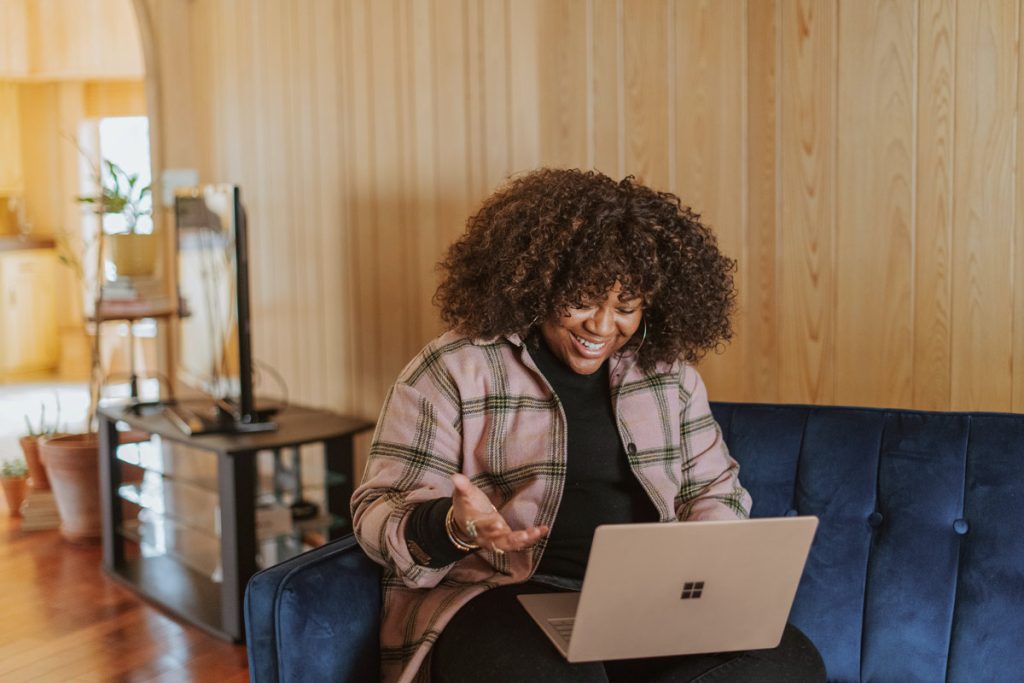Substance use has come under the spotlight again in recent years, due to the opioid crisis, which has affected millions of Americans. Opioids aren’t the only substance being abused, of course—21.4% of people 12 and over have used illegal substances or abused prescription drugs in the last year. While not all of them became addicted, many did.
Addiction is a massive problem in the United States. It can affect any family, regardless of their status or income level. Many factors go into becoming an addict, but substances don’t discriminate. Recovering from an addiction, whether from street drugs, prescription drugs, or alcohol, is a long and challenging process for most people.
While addiction can happen in any family, there is a major disparity in addiction care among different groups. People who have low incomes, live in rural areas, or are non-white are less likely to have access to quality addiction care. This means that their outcomes and future prospects are poorer overall.
Underserved groups carry most of the addiction burden due to the low availability of help and resources. Telehealth is helping to change that.
What is Telehealth?
Telehealth, or telemedicine, is care that takes place remotely, usually by phone or video chat. During the COVID-19 pandemic, telehealth became much more common, allowing patients who did not need a physical exam to receive treatment while following social distancing guidelines. Insurance companies started to cover telehealth visits during this time, which paved the way for more widespread use.
One of the most significant benefits of telehealth is its convenience. People managing a chronic condition don’t always need to visit a doctor’s office to check in and monitor their health. Telehealth also encourages people to seek care earlier, before their issues become more serious. Although it doesn’t work for every consultation, telehealth has been vital for reducing unnecessary in-person appointments.
Meredith “Mer” W. Francis, MSW, PhD, assistant professor at the VCU School of Social Work, points out that “telehealth services—including medication-assisted treatment, individual therapy, and group modalities like intensive outpatient programs—have been repeatedly shown to be equivalent to in-person services in terms of treatment outcomes and patient satisfaction.”
Telehealth is also more efficient for doctors. In many cases, offering telehealth appointments allows them to see more patients, expanding the availability of care. Providers who are less busy due to their location can see patients remotely, easing the workload on busier physicians in highly populated areas.
The Role of Telehealth in Reducing Addiction Care Disparities
Addiction care is a big business. Some treatment facilities and specialists are excellent, while others have consistently poor track records. People who do not have access to high-quality programs, whether due to cost, distance, or other factors, will typically be less likely to recover from their addiction.
The good news is that telehealth is helping to address at least some of these concerns, such as location, the need for transportation, and ongoing monitoring. Telehealth programs expand access to addiction care and offer more flexibility to participants.
Lois A. Ritter, Ed. D., MS, MA, MS-HCA, PMP, CHDA, a teaching associate professor for the Masters of Public Health program at the University of Nevada, Reno, notes how helpful telemedicine has been in addiction treatment, particularly in rural areas.
“Telemedicine has been helpful with treating addictions as people in remote areas can access treatment easier. It can increase the frequency and options for care. For options, support groups, text messaging, peer support, and chat groups are just a few ways in which continued support can be provided. There also are some programs where appointments are not needed so the person can obtain assistance during a crisis or vulnerable time.”
Being able to get help quickly in times of crisis, especially for people who do not have reliable transportation or live far from a medical facility, can mean the difference between life and death. Preventing overdose deaths (a major public health concern) isn’t always possible, but telehealth makes care more accessible when individuals are at high risk because of their addiction.
Telemedicine Helps People Make Important, Life-Altering Changes
Overcoming addiction can be incredibly difficult. There’s a reason that many of the most successful programs rely on frequent contact and monitoring. When people lose touch with their providers and support systems, they are much more likely to relapse. As their addiction drags on, their social support structures can weaken and they lose faith in themselves.
Telehealth can provide the support people need to make these major changes in their lives. When help is just a click away, people are more likely to reach out instead of turning to old and risky habits. Intervention timing can make a big difference in someone’s journey toward sobriety.
“Where telehealth shines, though,” adds Francis, “is in connecting people who fall through the cracks with the low-barrier services they need. For example, people who are unhoused are a particularly difficult population to engage in recovery services. The more rapid turnaround time of telehealth combined with creative strategies for tech accessibility, such as equipping outreach workers with smartphones and tablets, means that an unhoused person can often request help and connect to initial treatment services where they are in the community and at the time when they are most motivated, without having to find transportation or wait weeks for an appointment.”
As addiction can destroy someone’s life, access to telemedicine can save lives and give people hope for a better future. Addiction can happen to anyone. When it does, people deserve the best possible care, regardless of who they are and where they live.
If you or someone you know experiences mental health issues, it is important to seek help from a qualified professional. Our Resource Specialists can help you find expert mental health resources to recover in your community. Contact us now for more information on this free service to our users.
About the Author: Sarah Daren has been a startup consultant in multiple industries, including health and wellness, wearable technology, nursing, and education. She implements her health knowledge into every aspect of her life, including her position as a yoga instructor and raising her two children.
July is BIPOC Mental Health Month
Observed each July and formerly recognized as National Minority Mental Health Awareness Month, BIPOC Mental Health Month highlights the unique mental health challenges and needs of Black, Indigenous, and other People of Color (BIPOC). Please join us in recognizing the struggles of BIPOC and bringing awareness to the need for adequate, accessible, culturally relevant mental health treatment, care, and services.
Black, Latino, Asian, and Native American people have higher rates of some mental health disorders and face greater disparities in getting help than White people, largely due to lack of access to services. With proper care, 70 – 90% of people with mental illness experience significant reduction in symptoms and improved quality of life. However, there are barriers to individuals seeking help for themselves or loved ones: access to and cost of treatment, stigma, and availability of local, culturally appropriate mental health care resources.
In 2022, Laurel House, the sponsor of rtor.org, established the Social Work Racial Equity Scholarship. The goal of the Scholarship is to cultivate more Black and Latino social workers who are committed to social change and increasing access to mental health care treatment by communities of color. Each year, a $10,000 scholarship is awarded to a Black or Latino student from Connecticut enrolled in a Master of Social Work program in Connecticut or New York. Two runner-up prizes of $1,000 and $500 are also awarded.
www.rtor.org and its sponsor Laurel House are committed to the advancement of racial equity and social justice and to making mental health services available to all.
The opinions and views expressed in any guest blog post do not necessarily reflect those of www.rtor.org or its sponsor, Laurel House, Inc. The author and www.rtor.org have no affiliations with any products or services mentioned in the article or linked to therein. Guest Authors may have affiliations to products mentioned or linked to in their author bios.
Recommended for You
- Learning to Make Music as a Tool for Stress Management - July 25, 2024
- Discovering the Best Therapy for Depression: Effective Treatments and Solutions - July 22, 2024
- How to Overcome Separation Anxiety During a Relationship Break? - July 18, 2024





